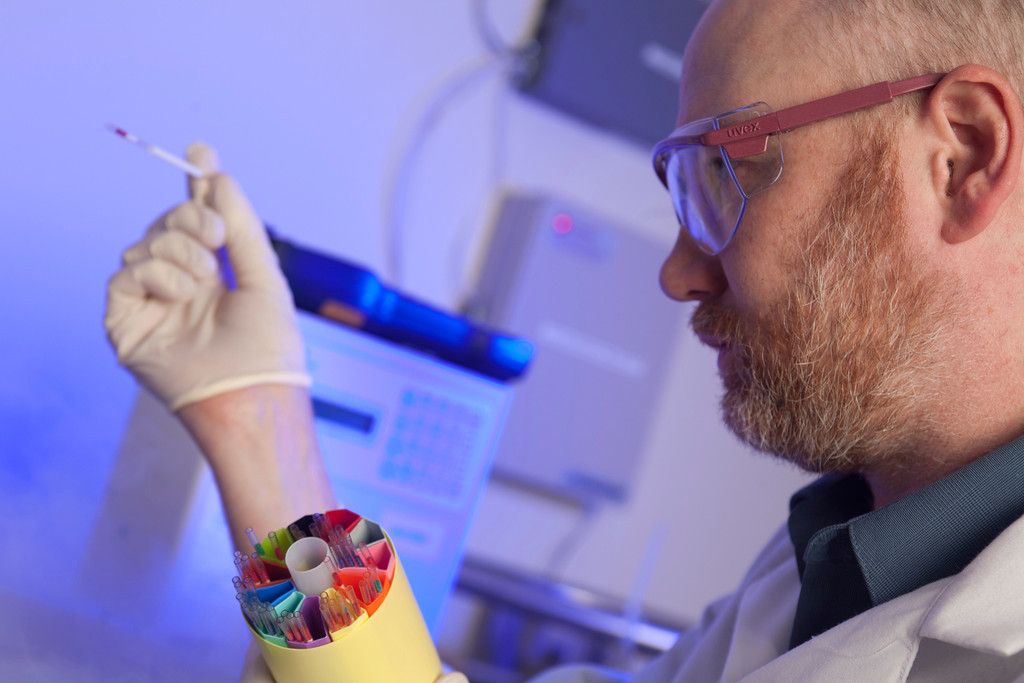Your cancer status
Prior to planning your treatment regimen, your doctor needs to know the grade of the tumor and the extent (stage) of the disease. A pathologist assigns the grade (1 to 3) to describe how abnormal the cancer cells look under a microscope. Grade 1 cancer cells are not as likely to grow and spread as Grade 3 cells. The stage is based on whether the tumor has invaded nearby tissues, whether the cancer has spread, and if so, to what parts of the body.
Your doctor may rely on the following tests to determine whether the cancer has spread:
- Pelvic exam: The doctor checks the vagina, uterus, bladder and rectum for any irregularities. To see the upper part of the vagina and the cervix, the doctor inserts an instrument called a speculum into the vagina.
- Ultrasound: An ultrasound uses sound waves to create a picture of internal organs. In a transvaginal ultrasound, an ultrasound wand is inserted into the vagina and aimed at the uterus to obtain the pictures.
- CT scan: Doctors often use CT scans to make pictures of organs and tissues in the pelvis or abdomen. An x-ray machine linked to a computer takes several pictures. You may receive contrast material by mouth and by injection into your arm or hand. The contrast material helps the organs or tissues show up more clearly. Abdominal fluid or a tumor may show up on the CT scan.
- MRI (Magnetic Resonance Imaging): Uses a large magnet, a computer, and radio waves to create detailed images that help determine how far the cancer has grown.
- Biopsy: A biopsy may be done to find out if cancer has spread. A sample of tissue is cut from the cervix and viewed under a microscope. A biopsy that removes only a small amount of tissue is usually done in the doctor’s office. You may need to go to a hospital for a cone biopsy (removal of a larger, cone-shaped piece of tissue from the cervix and cervical canal).
- PET scan (Positron Emission Tomography scan): A procedure to find malignant tumor cells in the body. A small amount of radioactive glucose (sugar) is injected into a vein. The PET scanner rotates around the body and makes a picture of where glucose is being used in the body. Malignant tumor cells show up brighter in the picture because they are more active and take up more glucose than normal cells do.
The stages of fallopian tube cancer
Stage I: Tumor limited to one or both fallopian tubes.
Stage II: Tumor involves one or both tubes with pelvic involvement and/or metastasis to the uterus, ovary or other pelvic tissues.
Stage III: Tumor involves one or both tubes and has spread to the peritoneal area and/or regional lymph nodes but has not spread to other parts of the body.
Stage IV: Distant metastasis outside the peritoneal cavity —the space within the abdomen that contains the intestines, stomach, and liver.
When cancer spreads from its original place to another part of the body, the new tumor has the same kind of abnormal cells and the same name as the original tumor. For example, if fallopian tube cancer spreads to the bladder, the cancer cells in the bladder are actually fallopian tube cancer cells. The disease is metastatic fallopian tube cancer, not bladder cancer. For that reason, it is treated as fallopian tube cancer, not bladder cancer. Doctors call the new tumor "distant" or metastatic disease.
